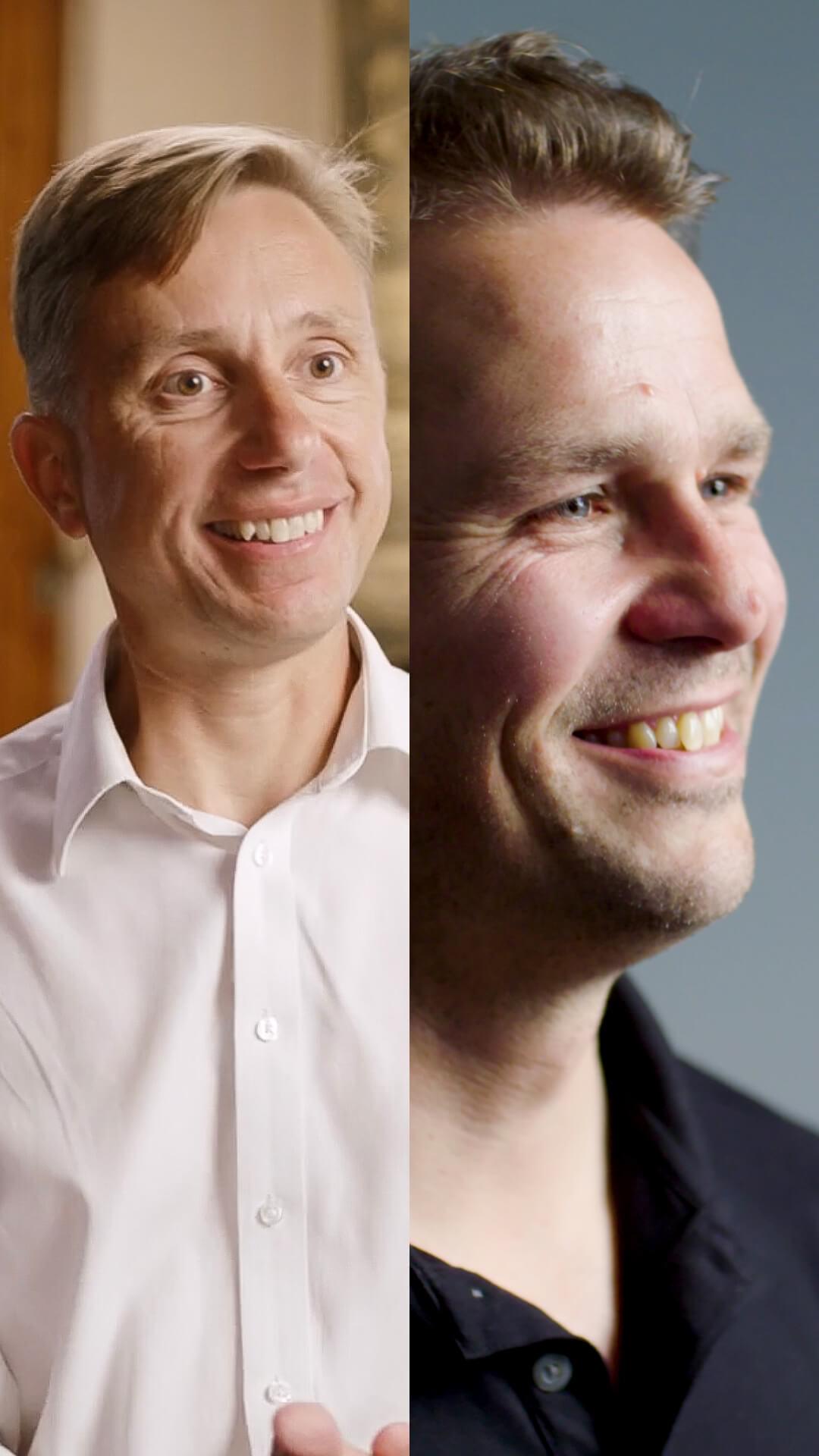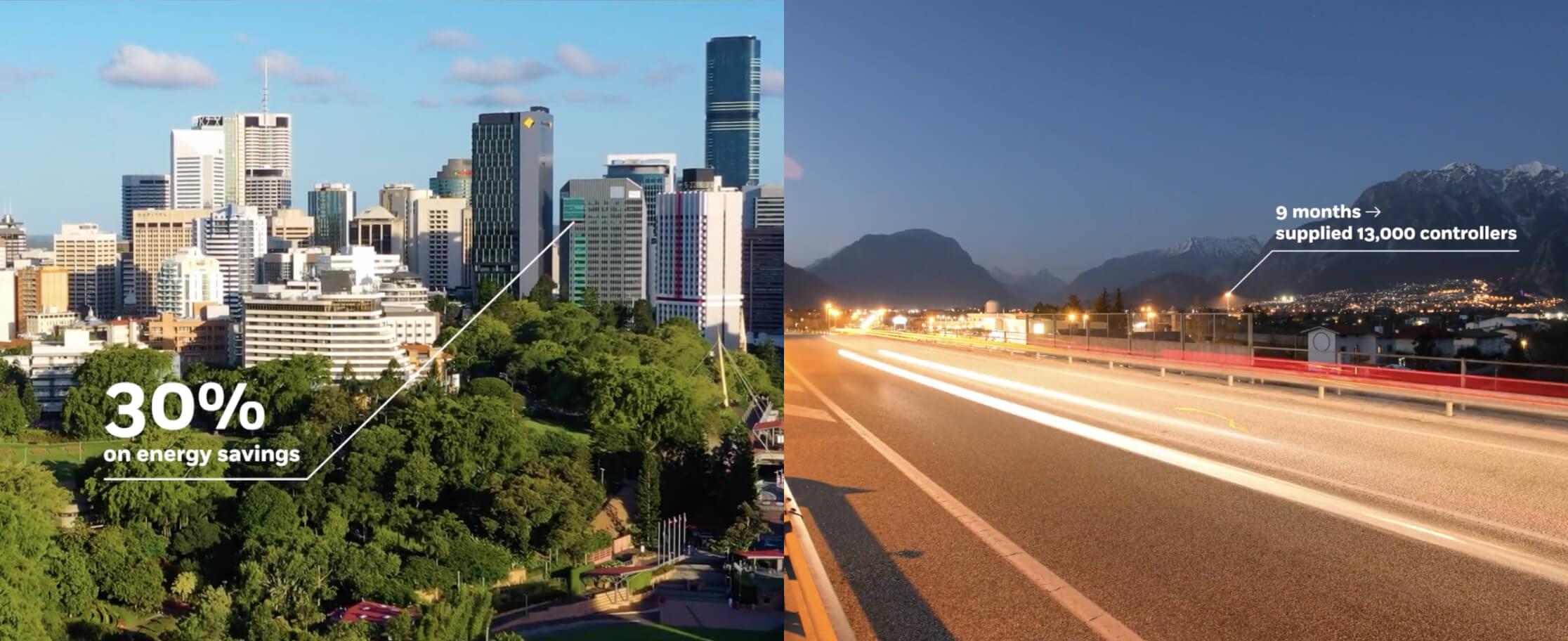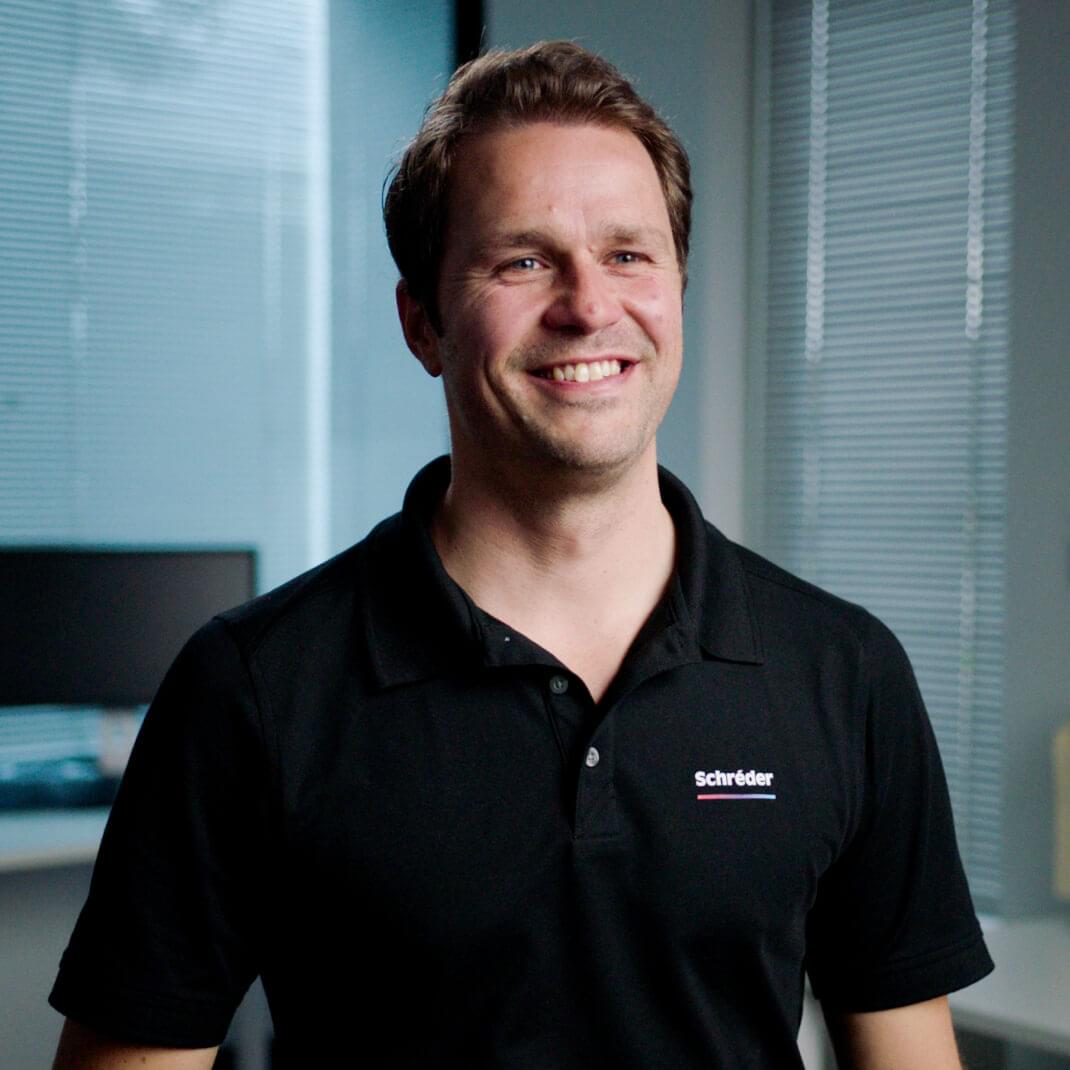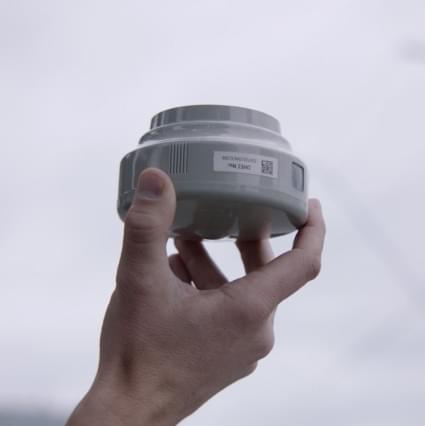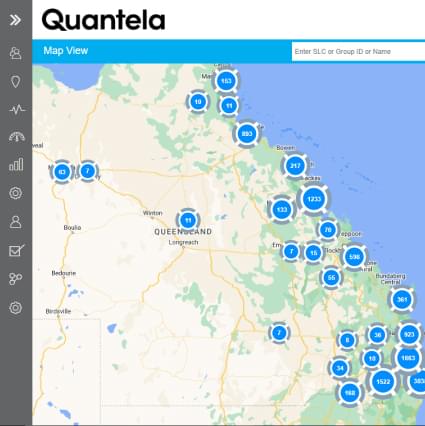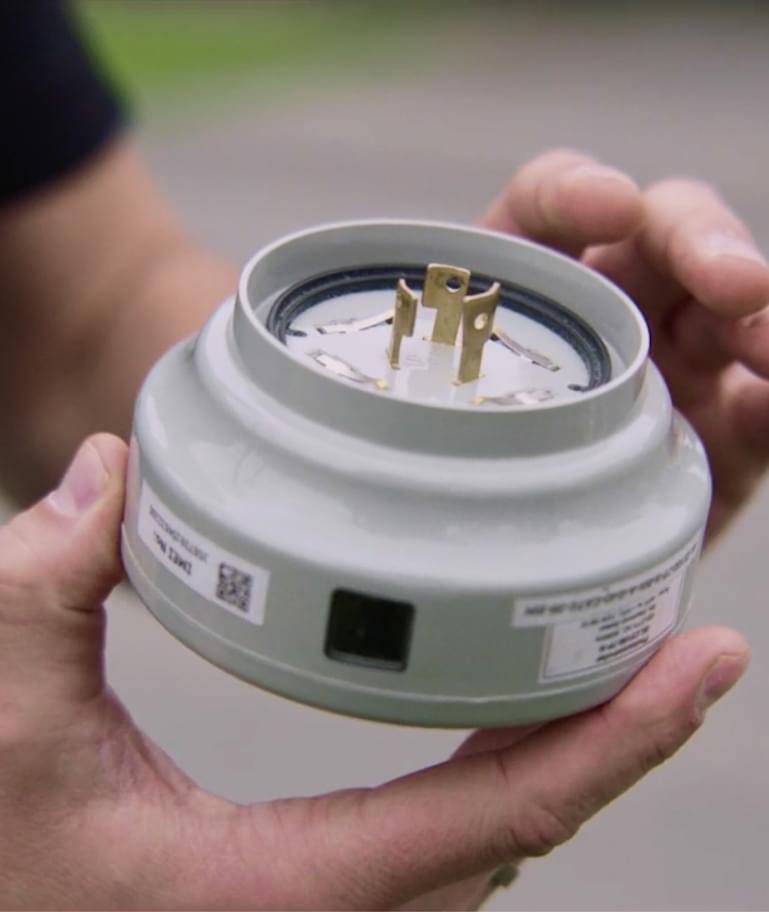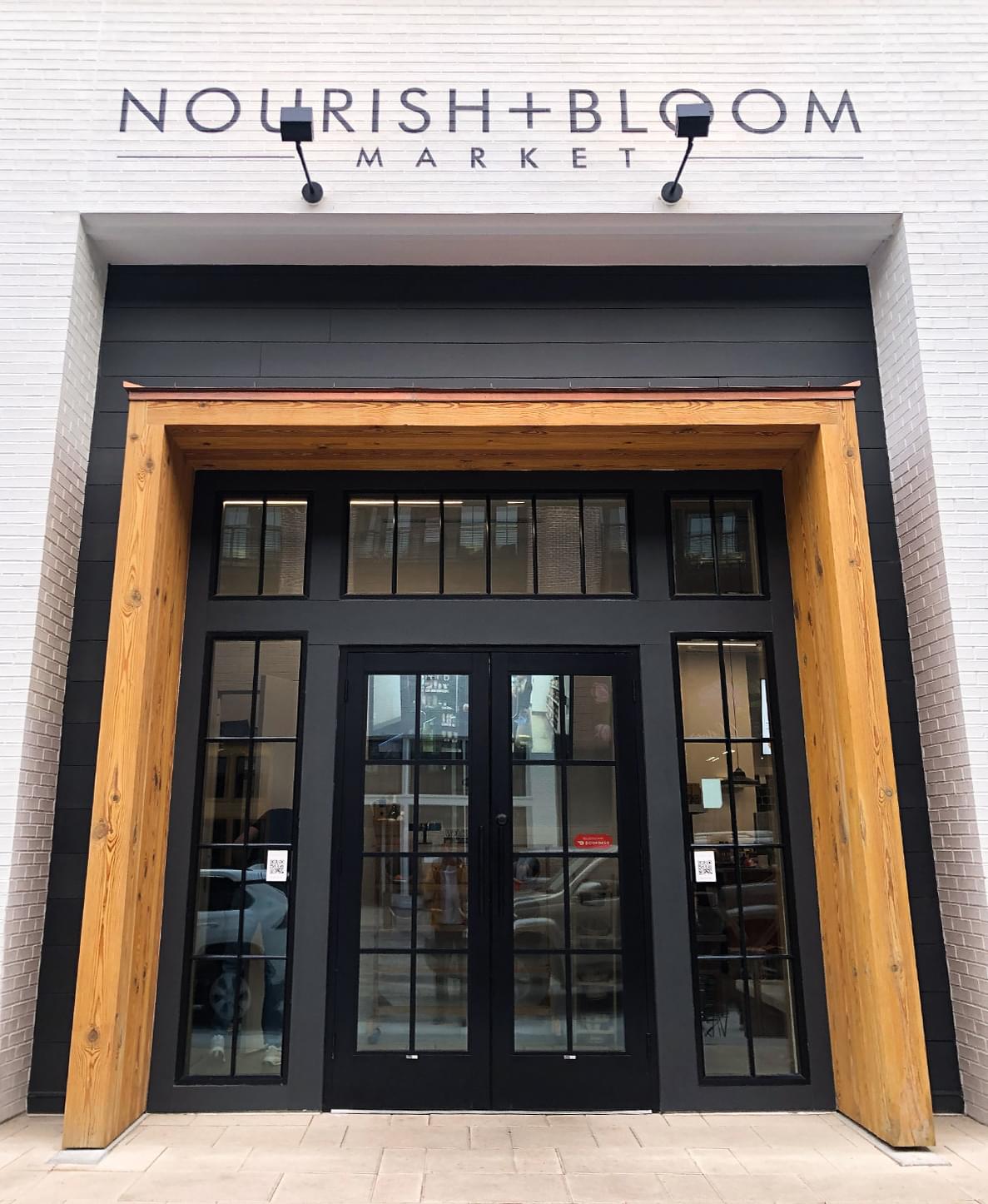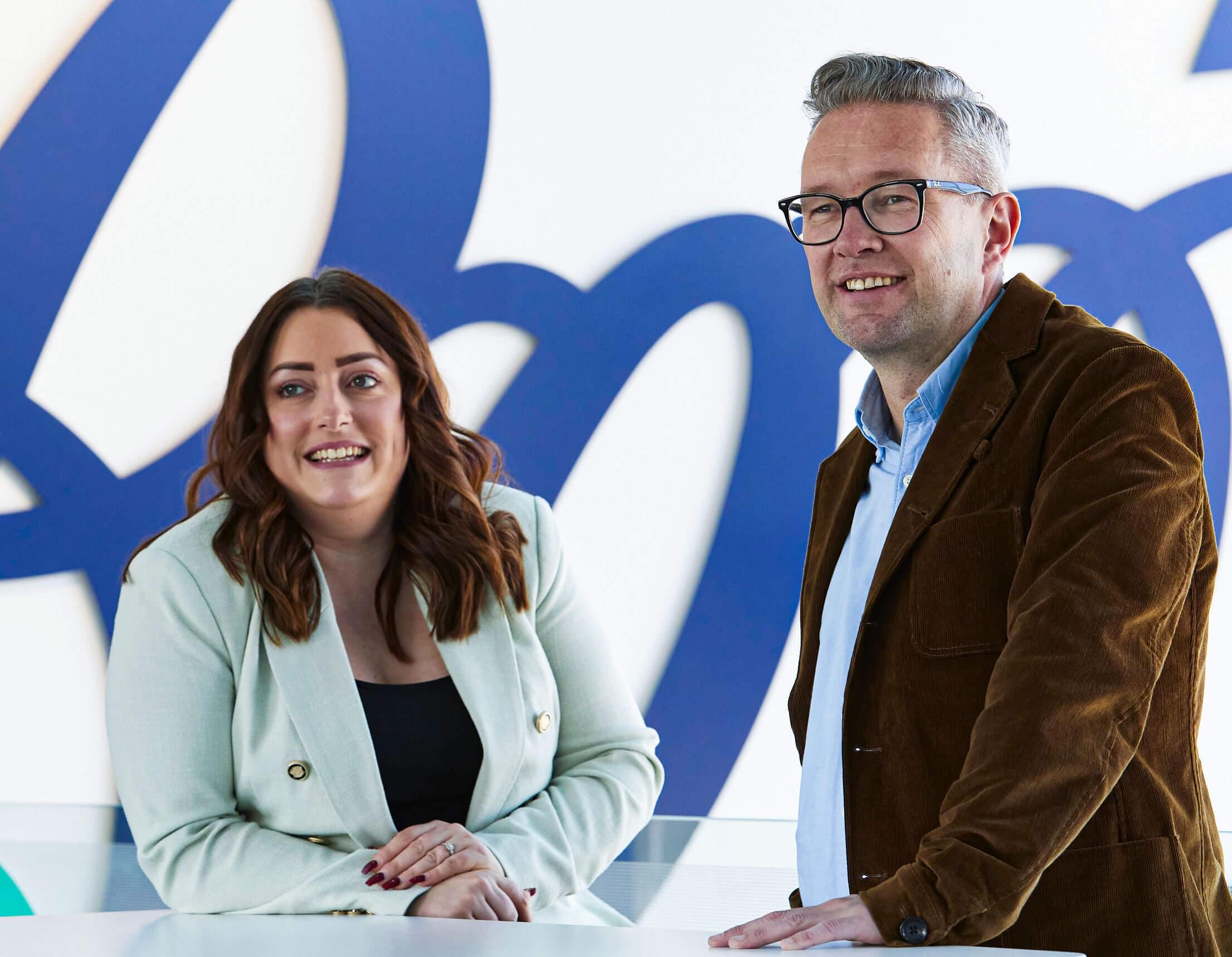Facing the need to reduce energy consumption and costs and improve road safety, QDTMR spotted an opportunity to upgrade its 35,000 legacy streetlights with smart streetlighting.
UST provided vital product engineering expertise, partnering with Quantela and Schréder to bring Queensland Department of Transport and Main Roads’s (QDTMR) vision to life.
With growing populations and rapid urbanization, communities around the world are grappling with familiar challenges. Cities need to get smarter, harnessing transformative technology to become more livable, sustainable and self-reliant. Smart lighting is a key component of this shift, with ripple effects that reach far
and wide.
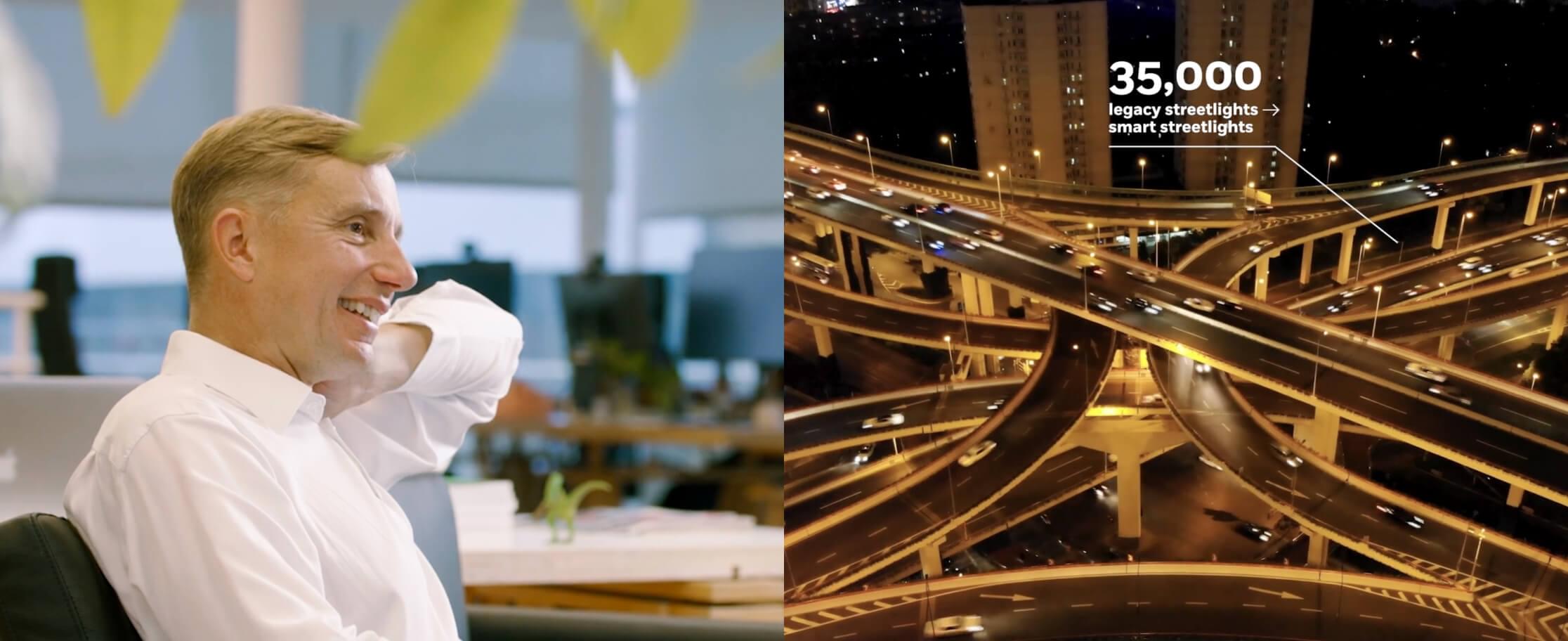
Mark Cullum, Director of Product, Quantela
UST’s product engineering expertise underpins every part of Queensland’s lighting control system, from the physical hardware to the software and city-wide control system.
The impact is palpable. Engineers can control the light system virtually, spotting outages in near-real time. They can monitor the energy consumed, choosing to dim the lights when traffic or footfall is low to reduce Co2 emissions, or brighten them in high-risk scenarios to reduce accidents. Overall improvements to the infrastructure mean the region’s power supply is more secure.
And the best bit? There’s more money to reinvest for the benefit of the community. Energy bills are often a city’s largest expenditure, and costs are rising. By switching to smart street lighting, Queensland will save around 30% on energy costs, which can be reinvested for the things that matter.

Christian Milder, Solutions Architect, Schréder Australia
